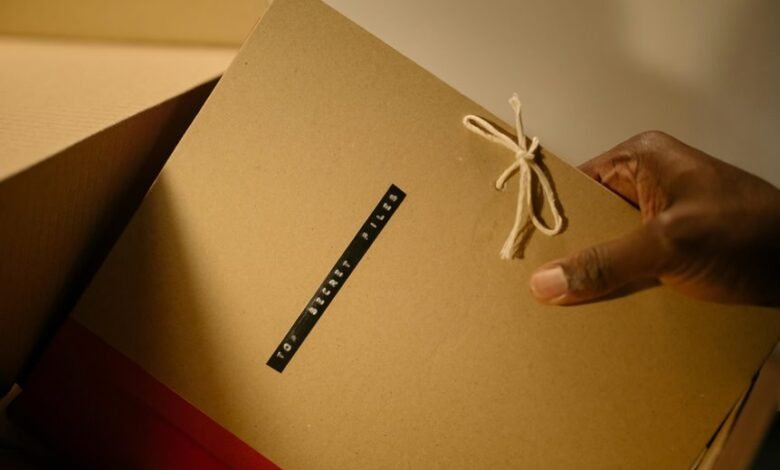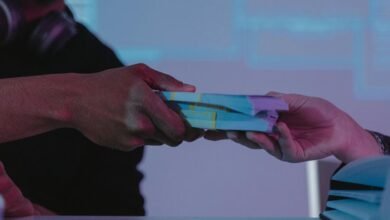Fraud Hotline Surveillance & Caller Risk Bureau 3533794721 3387866331 3511519357 3509821668 3500978492 3270032550

Fraud hotline surveillance serves as a critical mechanism for organizations to detect and mitigate fraudulent activities. The Caller Risk Bureau employs advanced verification techniques to scrutinize incoming communications from specific numbers, such as 3533794721 and 3387866331. This process not only identifies suspicious patterns but also implements risk assessment protocols to protect whistleblowers. Understanding these methodologies raises important questions about their effectiveness and the broader implications for organizational accountability. What challenges might arise in this complex landscape?
Understanding Fraud Hotlines and Their Importance
Fraud hotlines serve as critical mechanisms for organizations to detect and prevent dishonest activities. Their effectiveness hinges on anonymous reporting, empowering individuals to disclose concerns without fear of retaliation.
This anonymity fosters a culture of transparency, enhancing fraud detection capabilities. By streamlining communication channels, organizations can rapidly address potential misconduct, ultimately safeguarding resources and reinforcing ethical standards essential for sustainable growth and freedom.
The Role of the Caller Risk Bureau in Fraud Prevention
While organizations increasingly rely on fraud hotlines to report unethical behavior, the integration of a Caller Risk Bureau significantly enhances their preventative measures.
This bureau employs caller verification techniques to authenticate identities, thus minimizing fraudulent claims.
Furthermore, rigorous risk assessment protocols are implemented, allowing organizations to identify potential threats swiftly, ultimately fostering a more secure environment for whistleblowers and safeguarding organizational integrity.
Analyzing Suspicious Phone Numbers
The integration of caller verification techniques by the Caller Risk Bureau lays a foundation for further scrutiny of incoming communications, particularly regarding suspicious phone numbers.
Analyzing suspicious number patterns is essential for identifying potential fraud. Phone number verification processes can uncover links to fraudulent activities, enabling individuals to exercise caution and protect their privacy in an increasingly vulnerable communication landscape.
Best Practices for Utilizing Fraud Surveillance Systems
Effective utilization of fraud surveillance systems hinges on the implementation of specific best practices that enhance their efficacy.
Regularly updating surveillance technology ensures optimal fraud detection capabilities.
Additionally, integrating data analytics facilitates the identification of patterns indicative of fraudulent activity.
Training personnel to recognize anomalies further strengthens the system’s effectiveness, promoting a proactive stance in combating fraud while safeguarding individual freedoms.
Conclusion
In a world where honesty is as rare as a unicorn sighting, the Caller Risk Bureau stands as a valiant knight, wielding caller verification techniques like a shiny sword. As they sift through numbers like 3533794721 and friends, one can only marvel at their noble quest for transparency. Perhaps one day, the greatest fraud of all—human gullibility—will be defeated. Until then, we shall remain vigilant, with our hotlines buzzing like a hive of suspicious activity.



